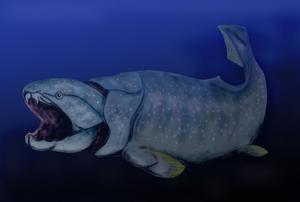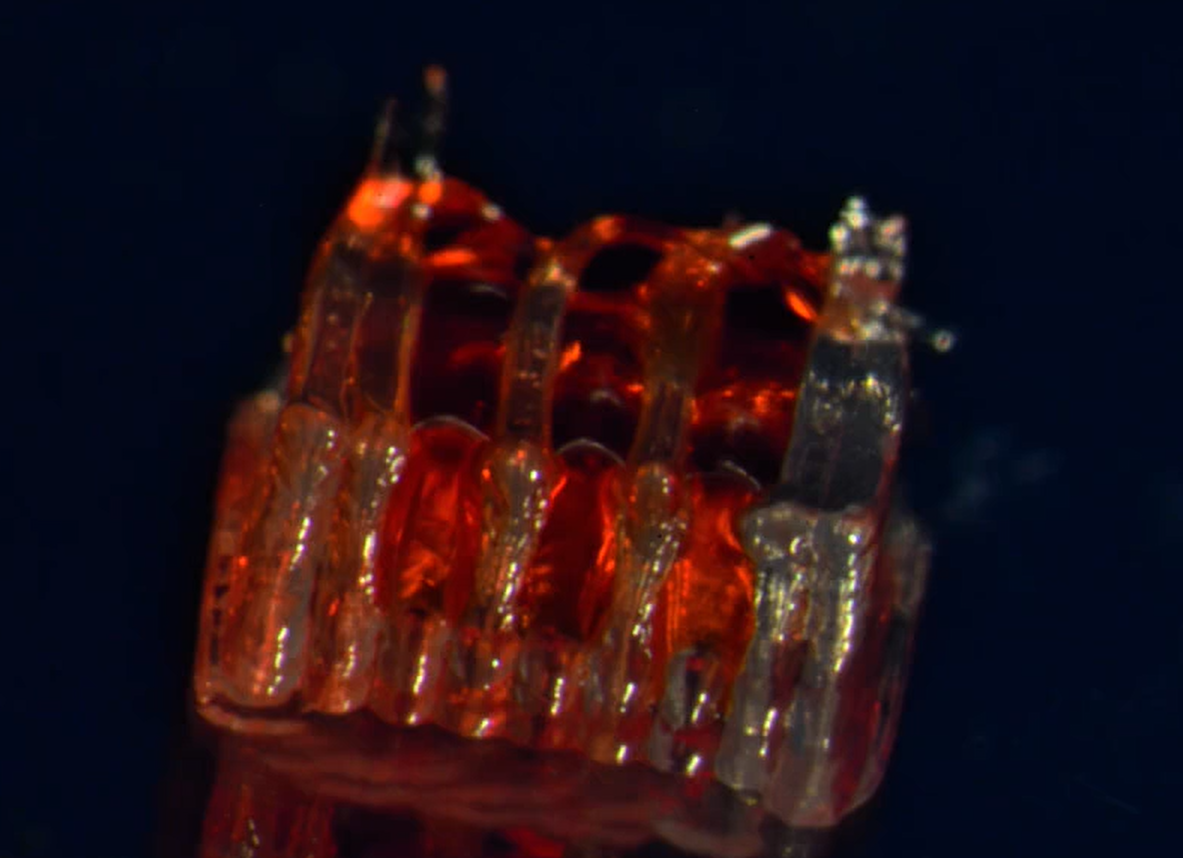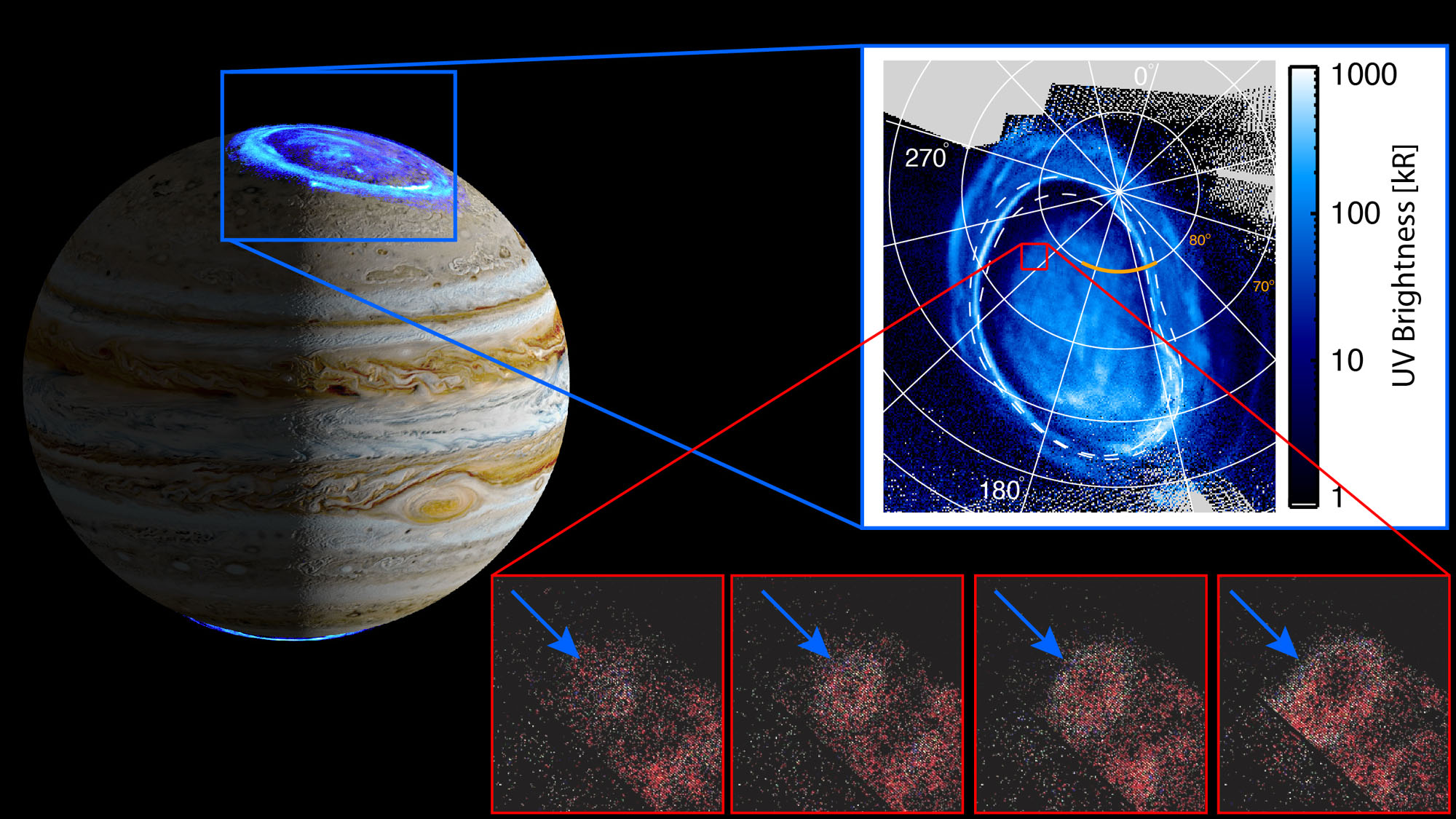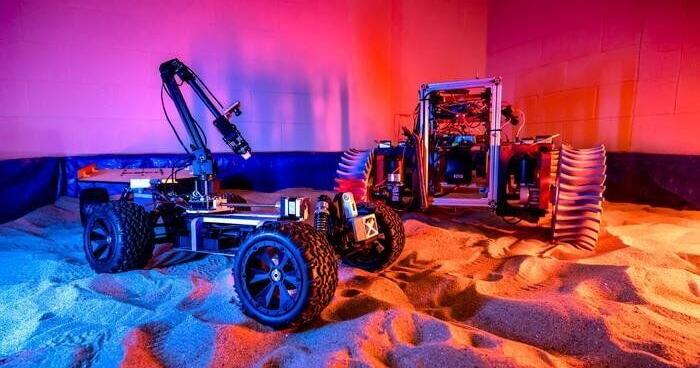The explosion of a massive star locked in a deadly orbit with a black hole has been discovered with the help of artificial intelligence used by an astronomy collaboration led by the University of California, Santa Cruz, that hunts for stars shortly after they explode as supernovae.
The blast, named SN 2023zkd, was first discovered in July 2023 with the help of a new AI algorithm designed to scan for unusual explosions in real time. The early alert allowed astronomers to begin follow-up observations immediately—an essential step in capturing the full story of the explosion.
By the time the explosion was over, it had been observed by a large set of telescopes, both on the ground and from space. That included two telescopes at the Haleakalāa Observatory in Hawaiʻi used by the Young Supernova Experiment (YSE) based at UC Santa Cruz.
“Something exactly like this supernova has not been seen before, so it might be very rare,” said Ryan Foley, associate professor of astronomy and astrophysics at UC Santa Cruz. “Humans are reasonably good at finding things that ‘aren’t like the others,’ but the algorithm can flag things earlier than a human may notice. This is critical for these time-sensitive observations.”
Time-bound astrophysics
Foley’s team runs YSE, which surveys an area of the sky equivalent to 6,000 times the full moon (4% of the night sky) every three days and has discovered thousands of new cosmic explosions and other astrophysical transients—dozens of them just days or hours after explosion.
The scientists behind the discovery of SN 2023zkd said the most likely interpretation is that a collision between the massive star and the black hole was inevitable. As energy was lost from the orbit, their separation decreased until the supernova was triggered by the star’s gravitational stress as it was partially swallowed by the black hole.
The discovery was published on August 13 in the Astrophysical Journal. “Our analysis shows that the blast was sparked by a catastrophic encounter with a black hole companion, and is the strongest evidence to date that such close interactions can actually detonate a star,” said lead author Alexander Gagliano, a fellow at the NSF Institute for Artificial Intelligence and Fundamental Interactions.
An alternative interpretation considered by the team is that the black hole completely tore the star apart before it could explode on its own. In that case, the black hole quickly pulled in the star’s debris and bright light was generated when the debris crashed into the gas surrounding it. In both cases, a single, heavier black hole is left behind.
An unusual, gradual glow up
Located about 730 million light-years from Earth, SN 2023zkd initially looked like a typical supernova, with a single burst of light. But as the scientists tracked its decline over several months, it did something unexpected: It brightened again. To understand this unusual behavior, the scientists analyzed archival data, which showed something even more unusual: The system had been slowly brightening for more than four years before the explosion. That kind of long-term activity before the explosion is rarely seen in supernovae.
Detailed analysis done in part at UC Santa Cruz revealed that the explosion’s light was shaped by material the star had shed in the years before it died. The early brightening came from the supernova’s blast wave hitting low-density gas. The second, delayed peak was caused by a slower but sustained collision with a thick, disk-like cloud. This structure—and the star’s erratic pre-explosion behavior—suggest that the dying star was under extreme gravitational stress, likely from a nearby, compact companion such as a black hole.
Foley said he and Gagliano had several conversations about the spectra, leading to the eventual interpretation of the binary system with a black hole. Gagliano led the charge in that area, while Foley played the role of “spectroscopy expert” and served as a sounding board—and often, skeptic.
At first, the idea that the black hole triggered the supernova almost sounded like science fiction, Foley recalled. So it was important to make sure all of the observations lined up with this explanation, and Foley said Gagliano methodically demonstrated that they did.
“Our team also built the software platform that we use to consolidate data and manage observations. The AI tools used for this study are integrated into this software ecosystem,” Foley said. “Similarly, our research collaboration brings together the variety of expertise necessary to make these discoveries.”
Co-author Enrico Ramirez-Ruiz, also a professor of astronomy and astrophysics, leads the theory team at UC Santa Cruz. Fellow co-author V. Ashley Villar, an assistant professor of astronomy in the Harvard Faculty of Arts and Sciences, provided AI expertise. The team behind this discovery was led by the Center for Astrophysics | Harvard & Smithsonian and the Massachusetts Institute of Technology as part of YSE.
This work was funded by the National Science Foundation, NASA, the Moore Foundation, and the Packard Foundation. Several students, including Gagliano, are or were NSF graduate research fellows, Foley said.
Societal costs of uncertainty
But currently, Foley said the funding situation and outlook for continued support is very uncertain, forcing the collaboration to take fewer risks, resulting in decreased science output overall. “The uncertainty means we are shrinking,” he said, “reducing the number of students who are admitted to our graduate program—many of them being forced out of the field or to take jobs outside the U.S.”
Although predicting the path this AI approach will take is difficult, Foley said this research is cutting edge. “You can easily imagine similar techniques being used to screen for diseases, focus attention for terrorist attacks, treat mental health issues early, and detect financial fraud,” he explained. “Anywhere real-time detection of anomalies could be useful, these techniques will likely eventually play a role.”










